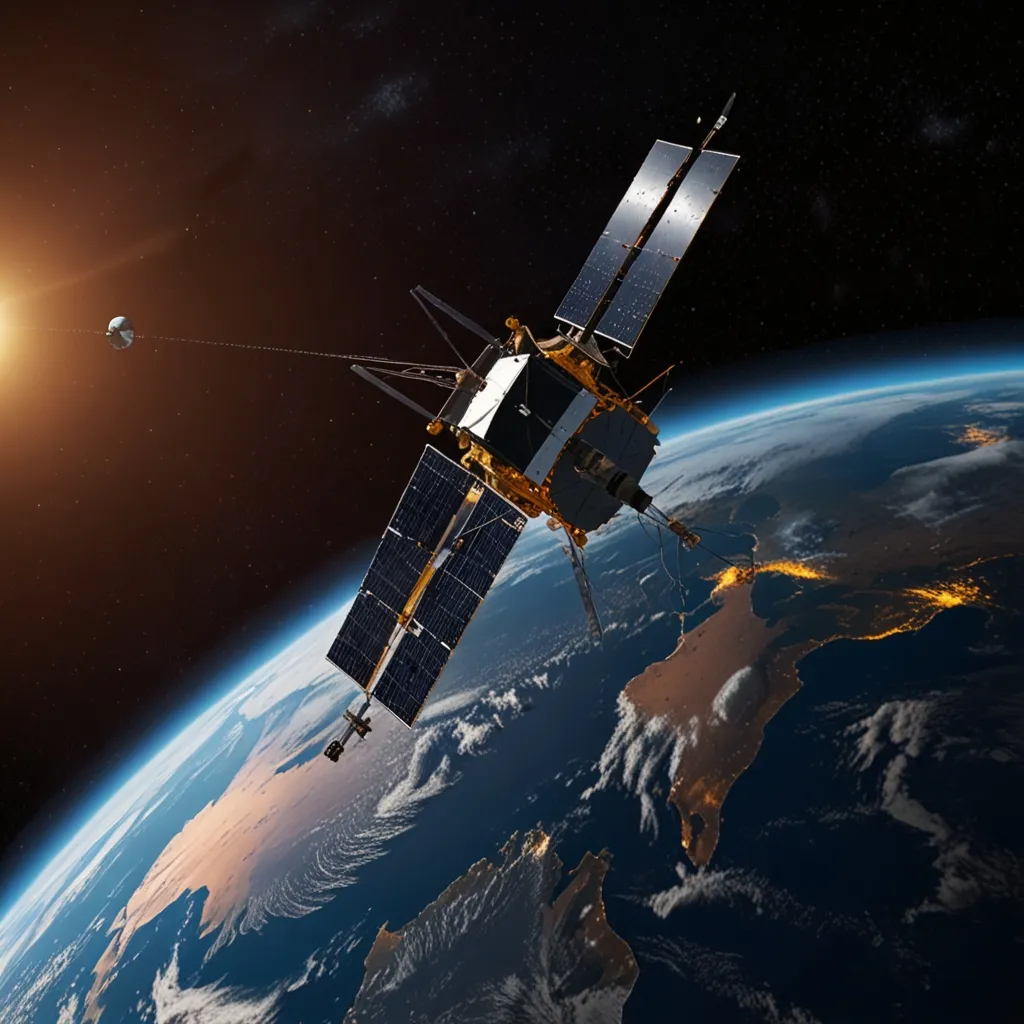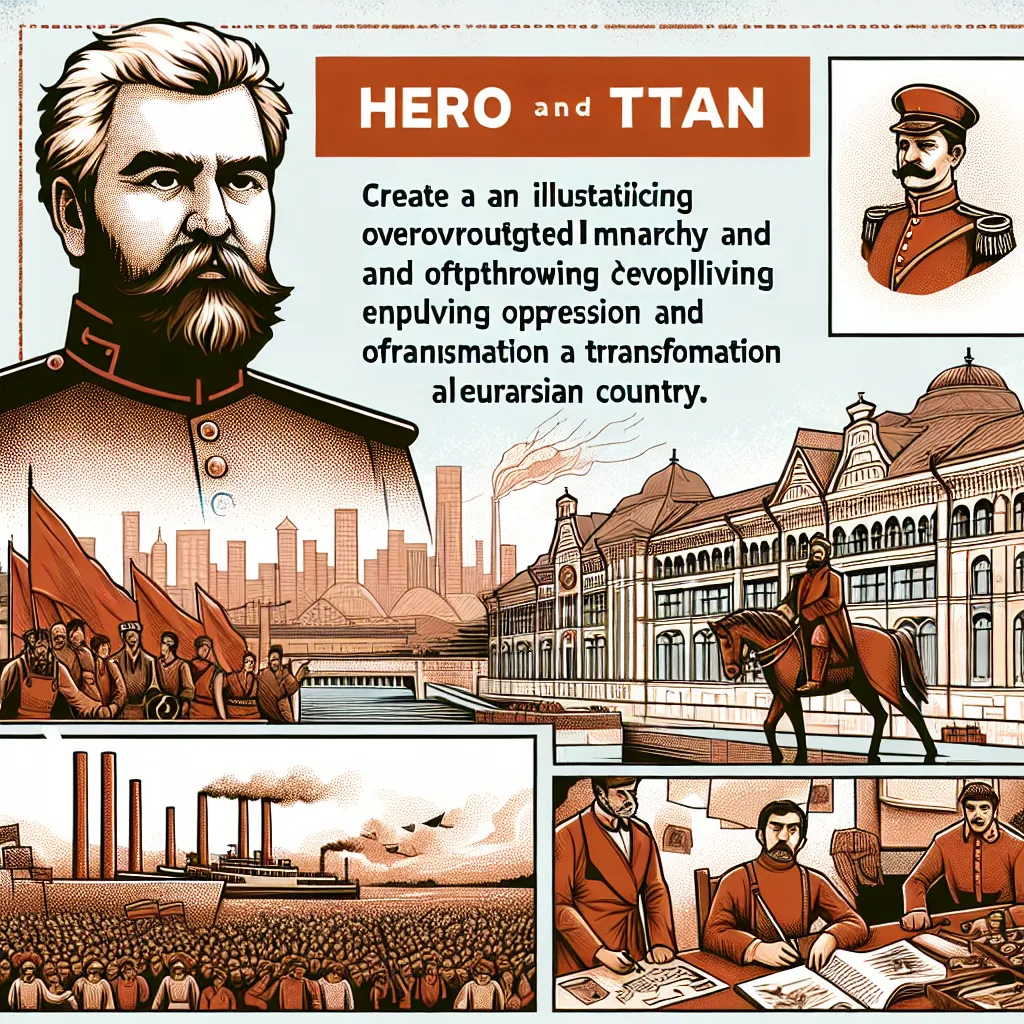How often have you heard the phrase, “It’s not rocket science,” to describe something that’s not really that difficult? Rocket science often stands as a metaphor for complexity and difficulty. Wouldn’t it be cool to understand it well enough to even say, “I actually understand rocket science, and I find this tougher”?
Today’s topic is all about communication satellites—what they do, how they work, and how they’re launched into orbit. You may think this involves rocket science, and you’d be right. But don’t worry; it’s more understandable than you might think.
If you’ve ever used a GPS app, checked the weather, or watched a live broadcast from another country, you’ve interacted with a satellite. There are almost 3000 operational satellites orbiting Earth, with thousands more planned. Around 550 of these are in geostationary orbit, which is crucial for communication satellites because it allows them to stay in a fixed position relative to the Earth’s surface.
The first thing to understand about satellite positioning is orbital mechanics, which is based on Kepler’s laws and Newton’s laws of gravitation. Using these principles, scientists can calculate the exact location to place a satellite so it remains stationary above a specific point on Earth. This involves some complex math, but it boils down to the satellite needing to orbit at 35,786 kilometers from the Earth’s surface with a period of about 23.93 hours—close enough to 24 hours to appear in the same spot in the sky.
Launching a satellite into this orbit requires a powerful rocket, like the Atlas V, which weighs over 700,000 pounds at launch, with 90% of that weight being fuel. Rockets don’t rely on atmospheric oxygen; they carry their own oxidizer, making them functional in space. They work on Newton’s third law: for every action, there’s an equal and opposite reaction.
Stability during the launch is crucial. Modern rockets achieve this through mechanisms like gimbal thrust, which adjusts the direction of the thrust to stabilize the rocket without using fins, which add drag and weight.
The satellite’s journey to its geostationary orbit involves multiple stages. Initially, it reaches an elliptical orbit, which then needs to be adjusted to a circular one. The satellite’s speed and trajectory are adjusted precisely to achieve this, ensuring they reach and maintain the desired orbit.
Space real estate is limited. Geostationary orbit allows only one specific path, and with 500 satellites already there, spacing is tight. The International Telecommunications Union manages this real estate, assigning slots to satellites to avoid collisions and interference.
While geostationary orbits are crucial, not all communication satellites are placed there. Some are in low Earth orbits, which necessitate multiple satellites to cover the same function due to their higher speeds and different handoff requirements. However, these satellites are cheaper to launch and build.
Once a satellite is in its proper orbit, it deploys solar panels to generate power. Its main job is to receive signals from Earth, amplify them, and relay them back to a different location. This exchange generally uses radio transmissions and relies on large antennas for sensitivity and accuracy.
Believe it or not, the concept of geostationary orbits was first detailed by science fiction writer Arthur C. Clarke in 1945. So next time you use your GPS, watch TV, or check the weather, take a moment to appreciate the rocket science and marvel at the technological achievements that make these conveniences possible.






